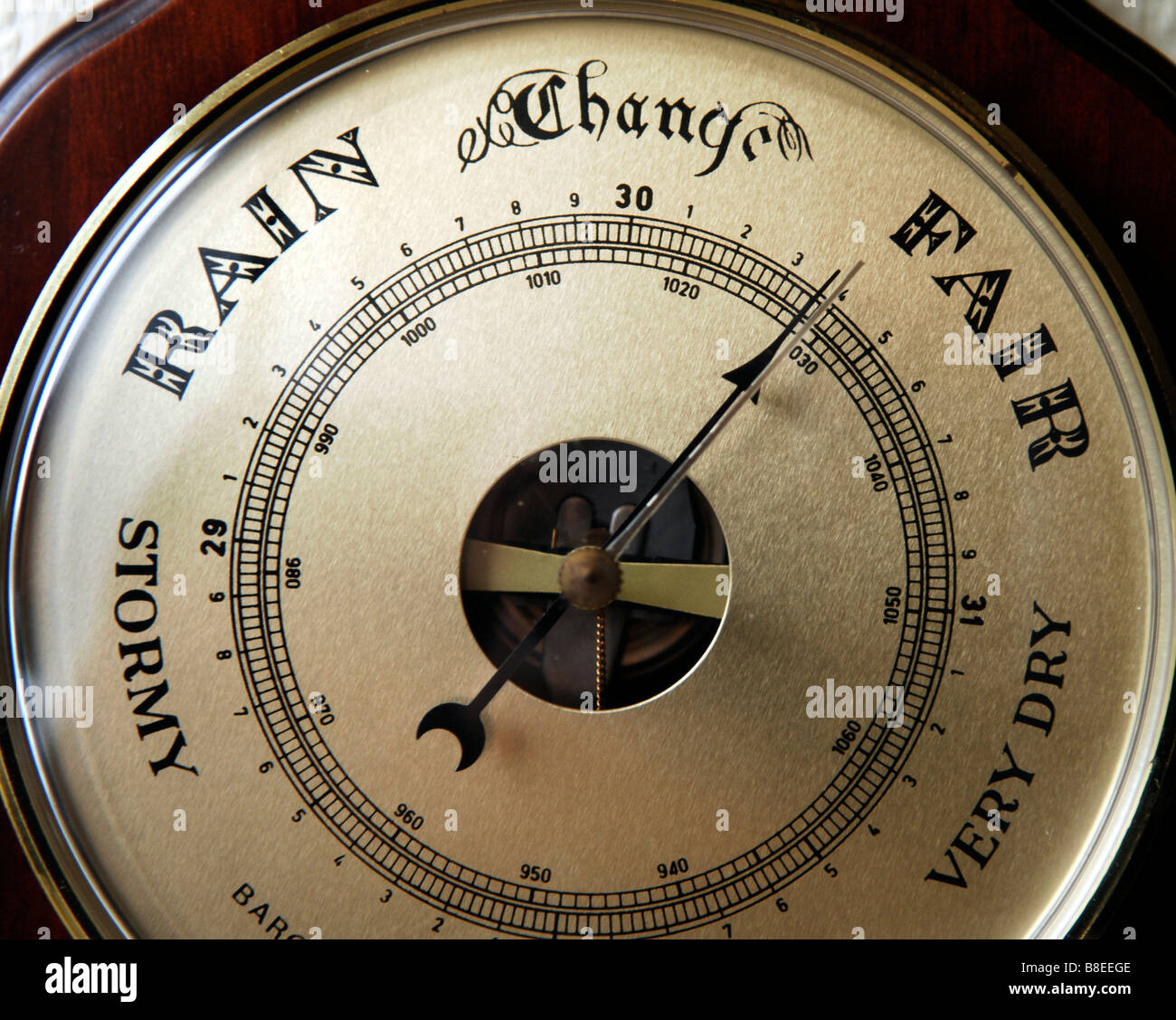Pressure measurements play a crucial role in weather prediction and meteorology. By understanding how changes in pressure affect the weather, meteorologists can make more accurate predictions about upcoming weather patterns. In this article, we’ll explore the relationship between pressure measurements and weather prediction, and how these measurements are used to forecast everything from daily temperatures to major weather events.

Credit: www.alamy.com
Understanding Atmospheric Pressure
Atmospheric pressure, also known as barometric pressure, refers to the force exerted by the weight of the air above us. It’s the pressure exerted by the atmosphere at a given point, and it’s measured using a barometer. Atmospheric pressure is crucial for understanding weather patterns because it can indicate the movement of air masses and the likelihood of precipitation.
High and Low Pressure Systems
Pressure measurements are used to identify areas of high and low pressure within the atmosphere. High-pressure systems are associated with dry, clear weather, while low-pressure systems often bring clouds, precipitation, and sometimes severe weather. By monitoring changes in pressure, meteorologists can track the movement of these systems and make predictions about the weather conditions they might bring.
Pressure Gradient and Wind
The difference in pressure over a distance, known as pressure gradient, is also closely related to weather prediction. Wind is generated as air moves from areas of high pressure to areas of low pressure, and the strength of the pressure gradient can affect wind speed and direction. By understanding the relationship between pressure gradients and wind patterns, meteorologists can anticipate changes in weather conditions based on the movement of air masses.
Weather Fronts
Pressure measurements help meteorologists identify and track weather fronts, which are boundaries between air masses with different temperatures and pressure levels. Fronts can bring significant changes in weather, including temperature fluctuations, precipitation, and wind shifts. By analyzing pressure maps and observing changes in pressure patterns, meteorologists can predict the movement of weather fronts and the associated changes in weather conditions.
Forecasting with Pressure Trends
Changes in pressure over time can provide valuable insights for weather forecasting. A rapid drop in pressure may indicate an approaching storm, while a steady rise in pressure can signal improving weather conditions. By monitoring pressure trends and comparing them to historical data, meteorologists can make more accurate predictions about the likelihood of specific weather events in the coming days or weeks.
Frequently Asked Questions On How Are Pressure Measurements Related To Weather Prediction?
What Is The Importance Of Pressure Measurements In Weather Prediction?
Pressure measurements help meteorologists understand atmospheric conditions, enabling accurate weather forecasting.
How Do Pressure Measurements Influence Weather Patterns?
Pressure measurements determine high and low-pressure systems, influencing wind patterns and ultimately affecting weather.
Can Pressure Measurements Help Predict Extreme Weather Events?
Yes, pressure measurements can indicate the likelihood of extreme weather events such as hurricanes and tornadoes.
What Technology Is Used To Measure Atmospheric Pressure For Weather Prediction?
Barometers and modern electronic sensors are used to measure atmospheric pressure, crucial for weather prediction accuracy.
Conclusion
In conclusion, pressure measurements are fundamental to weather prediction and meteorology. By analyzing atmospheric pressure, pressure gradients, and pressure trends, meteorologists can forecast a wide range of weather conditions, from daily forecasts to severe weather events. Understanding the relationship between pressure and weather allows meteorologists to provide crucial information for public safety, agriculture, transportation, and various industries that rely on accurate weather predictions.
